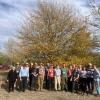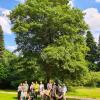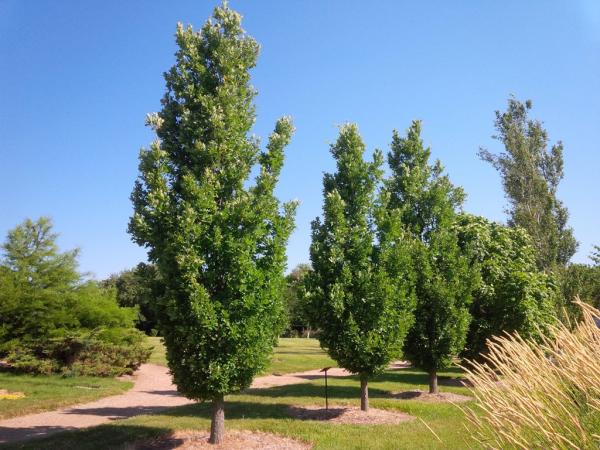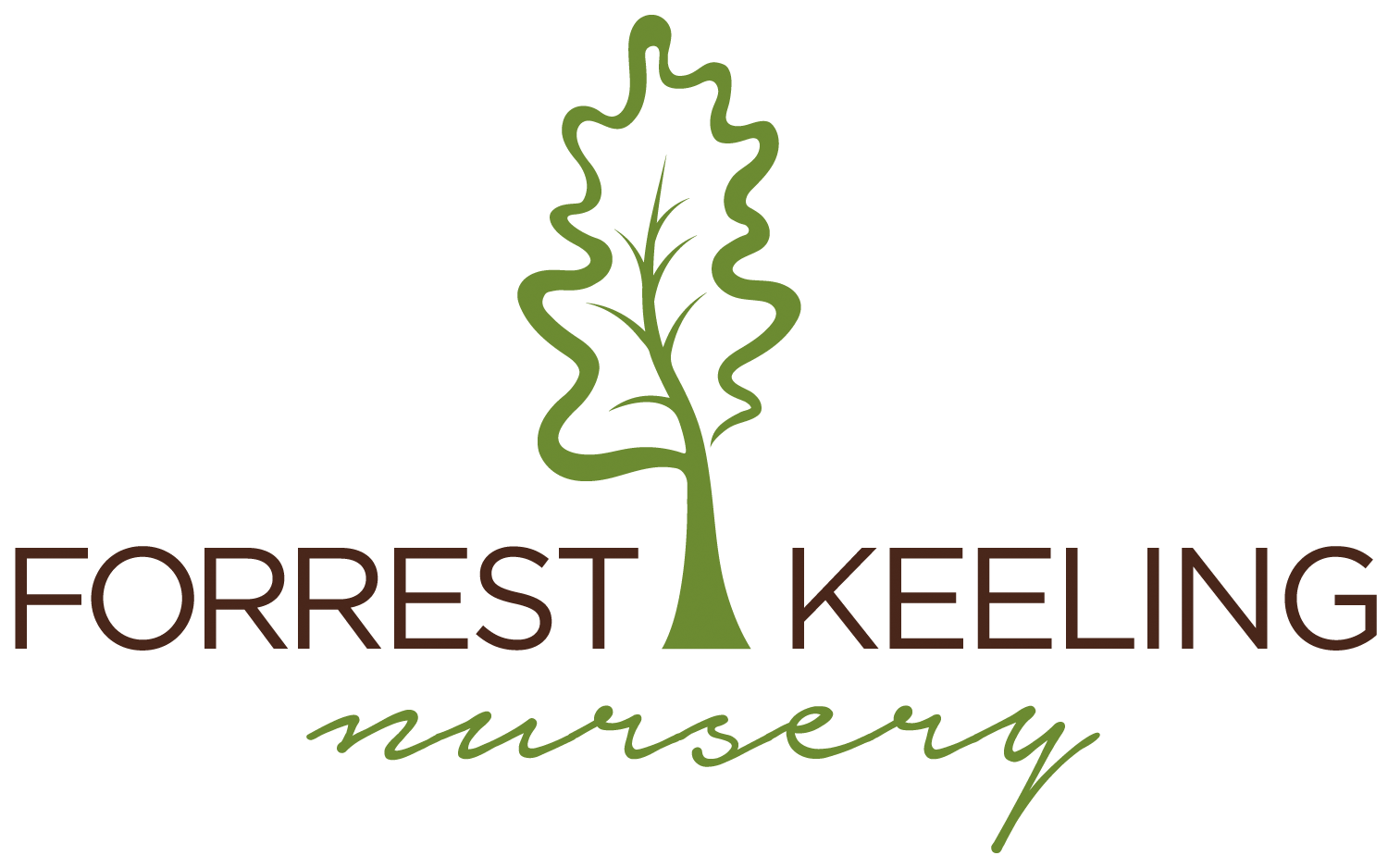Editor's Picks
Plant Focus

Tour Fee
$995 (single occupancy), $755 (double occupancy). Fee includes lodging for three nights, breakfast, and lunch for four days and transportation via rental vans. Please note that dinners are on your own. Number of participants: 20. To book a place on this and other Conference Tours, see the Conference website for registration details.
Tour Description
Join us for a four-day tour exploring remote Texas mountain ranges and Big Bend National Park in search of rare and endangered oaks. Our journey will start in San Antonio heading west through the Edwards Plateau to see a number of oak species including Quercus laceyi, Q. buckleyi, Q. muehlenbergii, and more. Moving further westward, there will be multiple stops including the Pecos River Overlook and Langtry, Texas, and the journey for the first day will end in Alpine, Texas. The group will spend the following day exploring Big Bend National Park. The Chisos Mountains in Big Bend National Park holds a high concentration of both section Lobatae and section Quercus species, and the region is a national oak-diversity hotspot. In this area, a complex of potentially interbreeding section Lobatae species includes Q. tardifolia, Q. robusta, Q. graciliformis, Q. emoryi, and Q. gravesii. The first three species are the top three most vulnerable species of conservation concern according to the Conservation Gap Analysis of Native U.S. Oaks, and have IUCN Red List threat assessments of Data Deficient, Data Deficient, and Critically Endangered, respectively. You will have the opportunity to see Q. graciliformis, Q. emoryi, and Q. gravesii and more during a day’s hike in the Park (no collecting at this site).Taking the journey further northwest, the Tour will visit the oak collections at the Chihuahuan Desert Research Institute, and then make its way to Davis Mountains for scenic views. Finally, the group will end the trip at McKittrick Canyon in New Mexico where there will be several hikes to pick from to see a number of oaks along the way. Throughout this journey, you will see endangered oaks, and have an opportunity to check out species that are being currently analyzed to see if they are interbreeding; Michael and Adam will detail this project throughout the Tour. Don’t miss out on the opportunity to travel through one of the nation’s known oak diversity hotspots!

Itinerary Notes
Tour participants can fly into San Antonio International Airport on Friday, August 26th and stay at a nearby hotel (at own expense). The airport will have a shuttle to take you to the hotel. We recommend you book your hotel at one of the three airport hotels (Hampton Inn & Suites San Antonio-Airport, Drury Inn & Suites San Antonio Airport, Pear Tree Inn San Antonio) and the Tour leaders will pick you up from there. If you choose to stay elsewhere, you should make your own way to one of these hotels to join the Tour.
The Tour will end in Las Cruces on Tuesday, August 30th, in time for participants to attend the Opening Reception of the Conference.

Accessibility Note
This Tour will encounter rugged, off-trail terrain. You can expect to experience 2–3 hours of strenuous hikes per day.
Tour Leaders
Adam Black

A lifelong plant enthusiast with a passion for the rare, unusual and esoteric, Adam combines his experience in the fields of botany and horticulture by promoting diverse landscapes while also collaborating with various gardens and universities documenting and collecting imperiled plant species for the purposes of research and conservation. Currently assistant curator and head of propagation at Bartlett Tree Research Laboratories and Arboretum in Charlotte, North Carolina, USA, he previously served as director of The John Fairey Garden (formerly Peckerwood Garden) in Hempstead, Texas where he assisted with the transition of this internationally acclaimed private garden into a public garden. Originally from Florida, he formerly managed the forest pathology and forest entomology laboratories at the University of Florida and with his late wife owned a collector-oriented mail-order nursery that introduced many new plants now preserved in botanic gardens and in general horticulture from Adam’s international and domestic explorations.
Michael Eason

As a conservation botanist and voice for native plants Michael has devoted his career to the conservation of native plants and habitats in Texas and beyond. For just over a decade, he managed projects such as the Millennium Seed Bank project, Floristic Survey of Big Bend National Park, Ferns of the Trans-Pecos, and a Review of the Aquatic Invasives of Texas, while working for the Lady Bird Johnson Wildflower Center. He currently heads the Rare Plant and Conservation programs at San Antonio Botanical Garden, a position he has held for the past five years. Additionally, through his botanical consulting business, Texas Flora, he designs and installs native plant gardens, and performs a variety of plant surveys on both public and private lands, including rare plant surveys, plant inventories, wetland delineation, and ecological assessments. Most recently he worked with a team performing accuracy assessments in Death Valley National Park, Mojave NP, and Big Bend NP. In 2018 he published the field guide, Wildflowers of Texas, and is currently working on several other book projects including Wildflowers and other Plants of Western Texas – a field guide, Naturalized and Invasive Species of Texas, and Native and Naturalized Fabaceae of Texas. Michael has served on the Executive Board of the Native Plant Society of Texas (NPSOT) from 2017 to 2021, is currently the State Botanist for the organization, and is co-president of the Big Bend Chapter of NPSOT.















